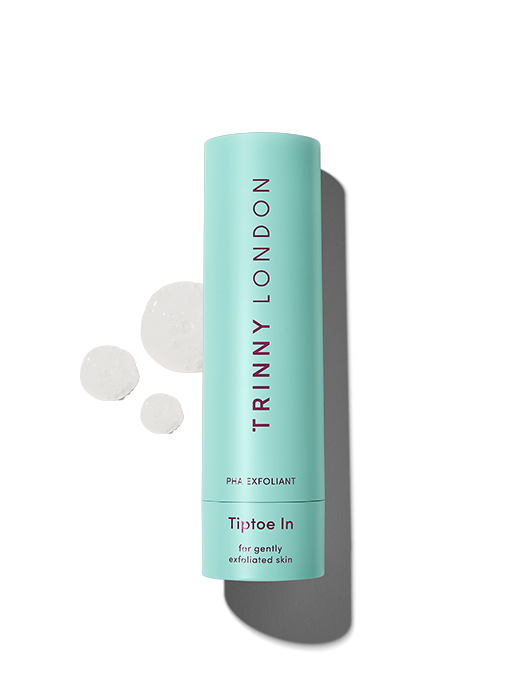

Tiptoe In
Kind-to-skin exfoliant for radiant skin, suitable for all skin types
Get a free Tiptoe In Mini Exfoliator when you spend 1200 kr*

AHAs, BHAs and PHAs are acronyms that stand for alpha-hydroxy acids, beta-hydroxy acids and poly-hydroxy acids. All of these acids are commonly found in skincare, where they’re used for liquid exfoliation. When applied to the skin they set to work dissolving the bonds that hold older skin cells to the surface, whisking them away to reveal the fresher, younger-looking skin beneath.
Concerned about the concept of putting acid on your skin? Don’t be. Our skin is naturally slightly acidic, with a pH of between 4 and 6 (neutral is 7). If your skin is dry, it will be slightly more alkaline, with a pH of around 6. If your skin is oily, it’s more acidic, normally with a pH of 5 or lower. Adding exfoliating acids into the mix will help to speed up the shedding of old cells in drier skin, and slow it down in oilier skin (to prevent pore clogging), for a happier, more balanced complexion.
AHAs, BHAs and PHAs may sit within the same category but they work in slightly different ways.
Poly-hydroxy acids are things like gluconolactone and lactobionic acid. They have the largest molecule size of the group which means they enter the skin at a slower and steadier pace. For this reason, they’re great for beginners or those with sensitive skin, providing glow-giving, smoothing results with reduced risk of irritation.
Alpha-hydroxy acids include lactic, malic and mandelic acid. AHAs have a smaller molecule size than PHAs, allowing them to swoop straight in and get to work. As they penetrate the skin more deeply than PHAs, they have the ability to help target the appearance of fine lines and hyperpigmentation, as well as increasing radiance.
Beta-hydroxy acids as a category is slightly smaller compared to AHAs and PHAs, and salicylic acid is the most commonly used BHA in skincare. Salicylic acid is oil soluble, setting it apart from water soluble AHAs and PHAs and allowing it to play a key role in clearing congestion from oily complexions.
AHAs, BHAs and PHAs can be found in all manner of skincare products, from cleansers through to serums. To reap the maximum exfoliating benefits, we recommend using in a leave-on liquid exfoliant formula.
PHAs are gentle enough that most skin types can tolerate using them every day, as often as twice a day. AHAs and BHAs are stronger, and you’ll need to build up your usage slowly. Start by using just a couple of times a week, increasing if your skin is happy and craving more.
AHAs can make your skin more sun sensitive, and for this reason should only be used in the evening. Find Your Balance, our BHA exfoliant, contains mandelic acid, an AHA, so the same rules apply.
Anyone can benefit from incorporating a liquid exfoliant into their routine, as long as they’re using the right one for their skin type. If you’re new to liquid exfoliants or have sensitive skin, start with a PHA to ease the skin in and adjust it to this new way of working. You may want to stick with the PHA, or, eventually over time, if your skin is normal to dry, build up the skin to use an AHA. If your skin is normal to oily with congestion and blemishes, a BHA is the best choice. Ultimately it’s all about listening to your skin and letting it guide your usage.
Shop the article


Kind-to-skin exfoliant for radiant skin, suitable for all skin types
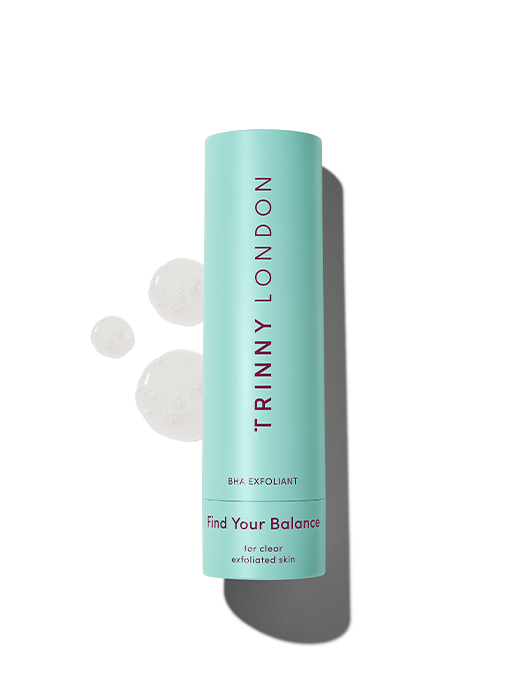
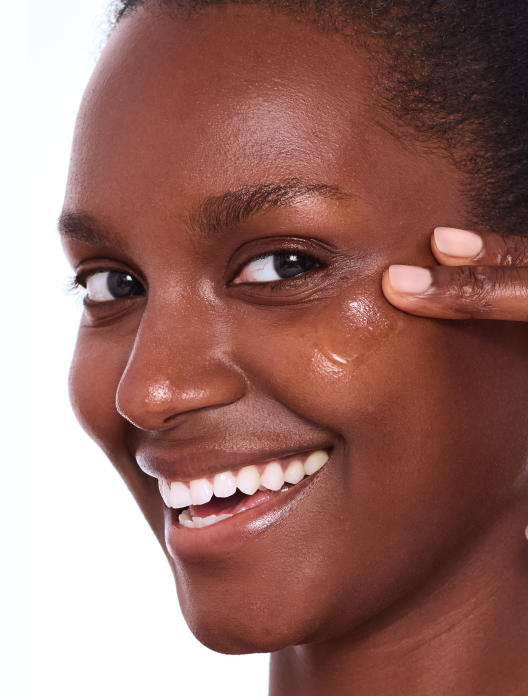
Clarifying complex to tackle blemishes
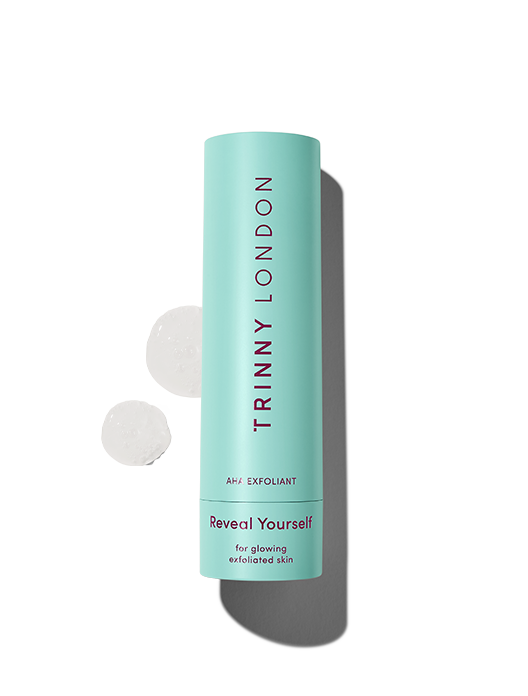
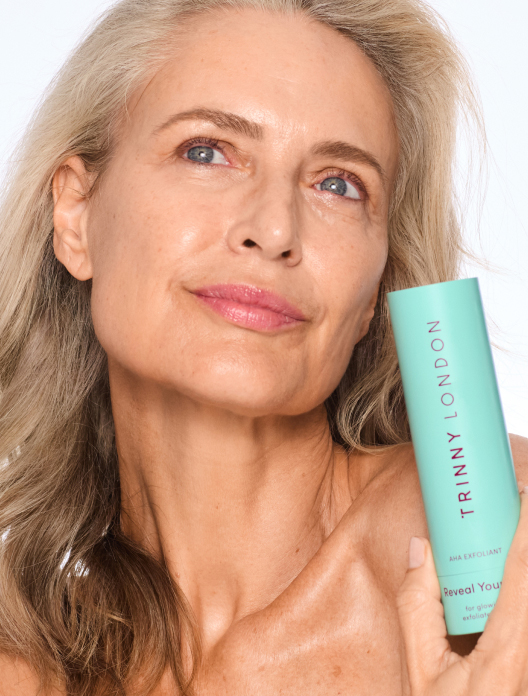
Highly active exfoliant for glowing skin, suitable for all skin types except sensitive